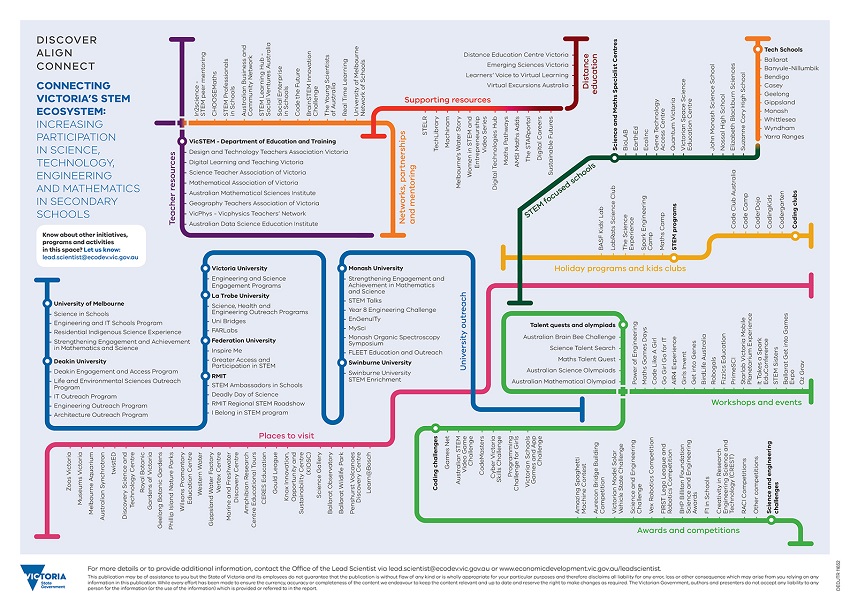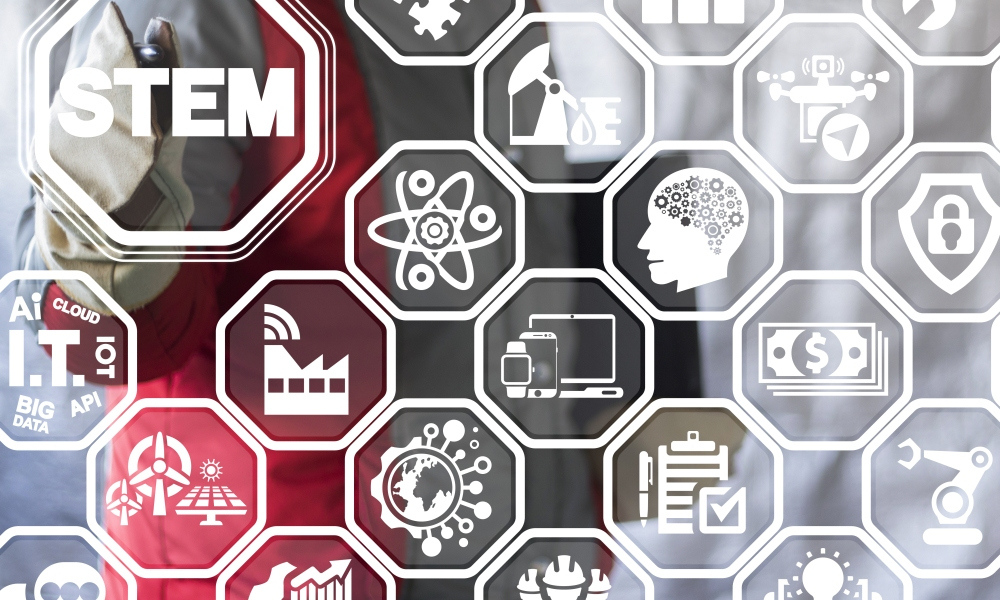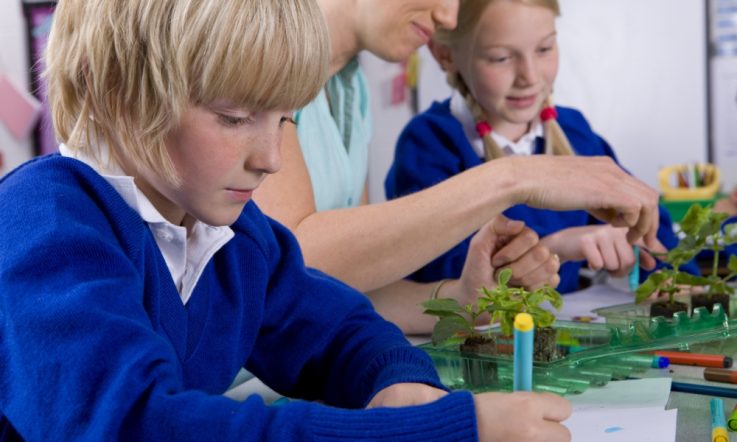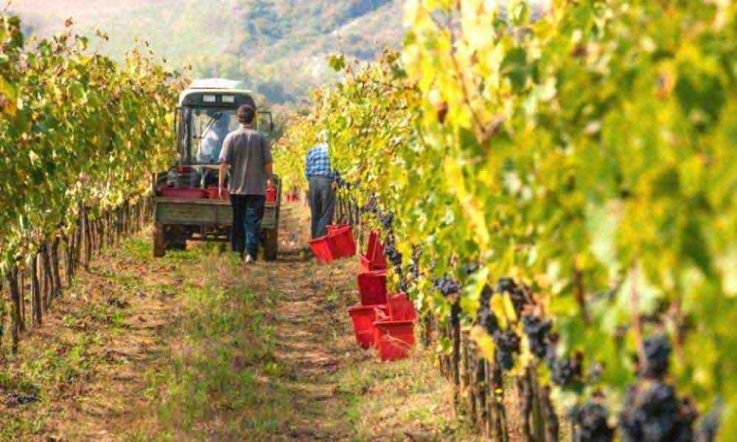A new map has been created to help teachers, students and industry connect with STEM-related programs and resources on offer to secondary schools in Victoria.
Connecting Victoria's STEM Ecosystem was launched this month by the state's Lead Scientist, Dr Amanda Caples.
The map provides an overview of teacher resources, distance education opportunities, mentoring and partnership programs, competitions and events, places to visit, university outreach programs and STEM focused schools. As well as a PDF version for download, the webpage includes links to the initiatives and organisations featured on the map.
‘It's for teachers, students, industry,' Caples tells Teacher. ‘For teachers, it's about assisting them to find out what already exists and how can they access it. What we're trying to do is overcome what we see as the "information problem" – how do you know what is available? And, often it's just through word of mouth that that becomes known.'

Click here for a larger version of this map.
‘One of the increasing priorities that we see is how can we better connect industry with schools. Industry has got a high interest in doing so – not so much for selling their products, but about contributing to develop the workforce of the future. The problem is, where do they start, who do they go to, what programs already exist? Rather than starting from scratch and reinventing the wheel they can locate potential partners and increase the impact of some of those programs by partnering with existing players rather than trying something completely new that is really just duplicating what someone else has already done.'
Caples says the project has taken about six months to this point and stemmed from a multi-stakeholder workshop in April this year. ‘The reason for doing that was to get a common understanding about what the destination looks like that we're seeking to reach with increasing engagement with STEM. What are the big ticket items that we need to pay attention to in order to reach that destination? And then, very specifically, what could be done immediately to get us on that path to the destination? One of the primary challenges was, how do you find out what's going on? That's what stimulated us to produce this map.'
The Lead Scientist is supported by the state government's Department of Economic Development, Jobs, Transport and Resources. Caples says the project started with the collective knowledge of the department, and her team also partnered with the state education department. ‘Then, through the networks that we have, we collected the information that you see on the current version of the map.
‘I am certain, and I know already, that there are good programs that are not [on the map] yet, and so what we thought was, let's get the map out there so that people can see what it is and have enough understanding of what we're trying to achieve, and we are hoping then to draw out other programs in the community that we haven't heard of that we can put on the map. For me, success looks like us having to refresh that map in a month or two with all of the programs that come forward as a result of us having put this first edition out.'
She is encouraging anyone wanting to make a suggestion to get in touch by email (lead.scientist@ecodev.vic.gov.au). ‘It's okay if programs span primary and secondary, but rather than trying to do everything we want to focus on secondary so that it's got some scope to it. We're happy and do have national programs that are available in Victoria on the map … we want all programs that are available to Victorian students and teachers to be listed there.'
Caples says, ultimately, the project is about how to support teachers to do their work and get access to resources. She adds the map is anything to do with STEM and hasn't been narrowed into possible subsets, but the team is happy to consider suggestions that are of interest to teachers. ‘It really depends what the customer wants – which is the teacher.'
Visit the Connecting Victoria's STEM Ecosystem web page to download a PDF version of the map and find out more about the initiatives and organisations that feature on it.
Thinking about your own school context, how have you worked towards increasing the value of your STEM education? Have these plans ever involved collaborating with people outside your school community?



